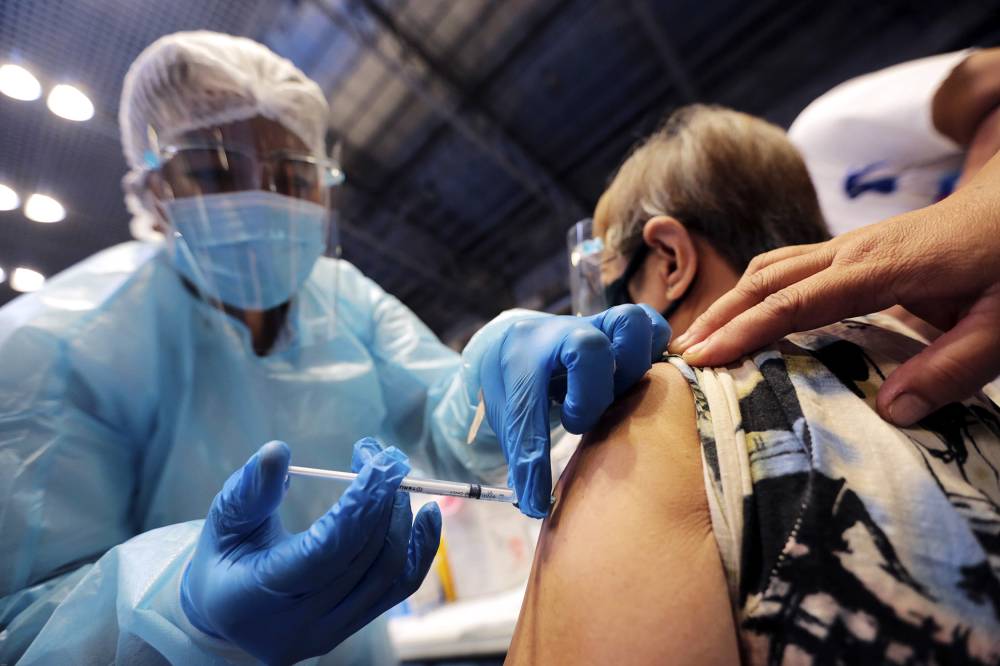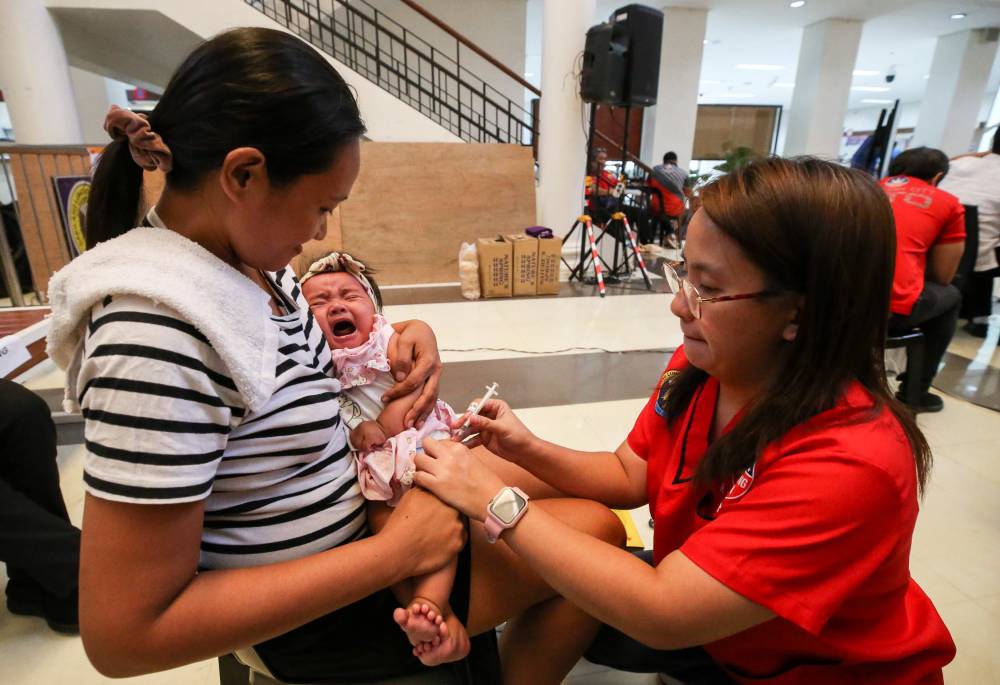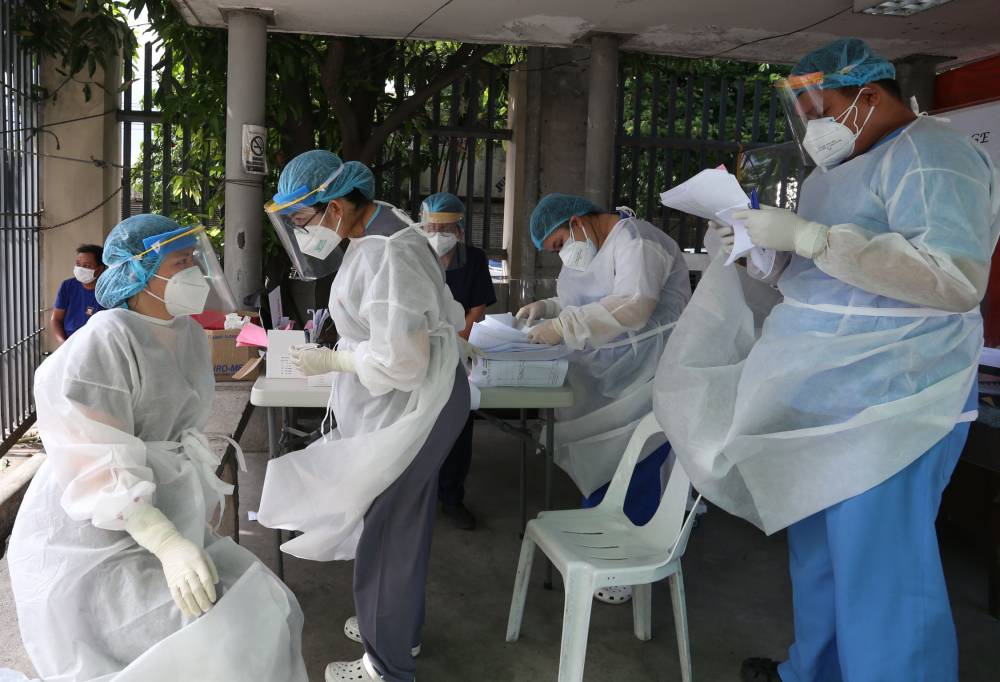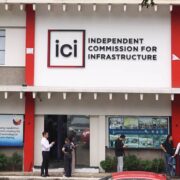Wanted: Affordable, high-quality health care for Filipinos

For millions of Filipino families, access to affordable and high-quality health care remains a distant promise—even with proper legislation in place. Even with 95 million citizens enrolled in the country’s national health insurance system, families are drowning in out-of-pocket expenses that push nearly half of all medical costs—over P500 billion annually—directly onto household budgets already strained by inflation.
According to recent research, this is the stark reality facing the Philippines, where health-care expenses are expected to increase by 18.3 percent this year, one of the steepest increases in Asia, according to global advisory, broking and solutions company WTW in its 2025 Global Medical Trends Survey. This figure is simply a continuation of the country’s trend of double-digit medical cost increases, trailing Indonesia’s projected 19.4-percent rise in the region.
Naturally, the financial burden falls heavily on patients’ families, as almost 45 percent of health expenditures in the Philippines are paid out of pocket, according to the 2024 Asia Care Survey by Manulife, which surveyed 1,050 respondents. Manulife expects it to rise to over P720 billion ($13 billion) by 2028, highlighting the mounting strain on household budgets.
These expenses have caused anxiety among Filipinos: Manulife’s study shows that 82 percent of respondents identified rising health-care costs as their top financial concern, surpassing worries about inflation and interest rates.

Families are adapting through various strategies, including increased use of government health-care services, generic medicines and preventive lifestyle changes. Many have reported exercising more and adopting healthier diets to mitigate health risks and reduce future medical expenses, according to the same report.
Multiple factors contribute to the escalating healthcare expenses. WTW survey respondents cited greater use of health services, rising hospital and clinic charges, higher professional fees, and an increasing prevalence of diseases as key contributors to the surge in costs. Internal system inefficiencies also add to the problem, which include excessive diagnostic test recommendations by health-care providers. The shortage of health-care professionals, exacerbated by international migration to higher-paying markets, further strains the system.
External pressures include the rising costs of advanced medical technologies and increased reliance on private health care due to strained public health systems, according to the same report. Even telehealth services, while improving access, have added new costs to the overall system.

Cost explosion
”Casualties” of this cost explosion are health maintenance organizations (HMOs) , which have recorded P4.3 billion (US$75 million) in losses in 2023, nearly tripling from P1.4 billion the previous year. The situation has deteriorated as ongoing negotiations between HMOs and physician groups involve proposed fee increases ranging from 80 to 150 percent, according to InsuranceBusinessMag.com.
Despite cost pressures, the Philippines has made significant strides since enacting the Universal Health Care Act in 2019. The program has already helped the Philippines achieve universal population coverage by automatically including all Filipinos for immediate coverage under the National Health Insurance Program, according to the Asian Development Bank (ADB) in its partnership report “Securing Health Care for All.” About 95 million were registered in the Philippine Health Insurance Corporation’s ((Philhealth) database.
In partnership with Japan, ADB has provided crucial support through the Build Universal Health Care Program. Their assistance has enabled substantial improvements in health service delivery and financing mechanisms. To date, 58 local governments have formed health-care provider networks and established special health funds, expanding access to quality care across the archipelago.
The program has also bolstered the health-care workforce, deploying around 26,000 Department of Health–funded personnel nationwide, addressing critical staffing shortages that have plagued the system for years.

The path forward
Digital transformation has emerged as a key component of health-care reform. About 9,350 hospitals, as well as primary care and other related facilities, submit their health-related data to the Philhealth, according to the ADB report. In addition, about 135 Philhealth-accredited primary care providers maintain electronic medical records, according to the same report.
This technological integration aims to provide the timely and quality data needed for informed health policy decisions and performance monitoring across the fragmented health-care system.
Health-care experts likewise emphasize the need for comprehensive solutions to address the dual challenge of expanding access while controlling costs. WTW’s report suggests implementing cost-sharing measures between insurers and members to reduce unnecessary healthcare utilization, alongside collaborative efforts among stakeholders and enhanced government initiatives.
As Eduardo Banzon, ADB’s principal health specialist says, “Through sweeping reforms that focus on health service delivery enhancement, increased health financing and improved accountability among health service providers, the country is moving closer to its goal of health for all Filipinos.”





















Invest in social enterprises, invest in communities